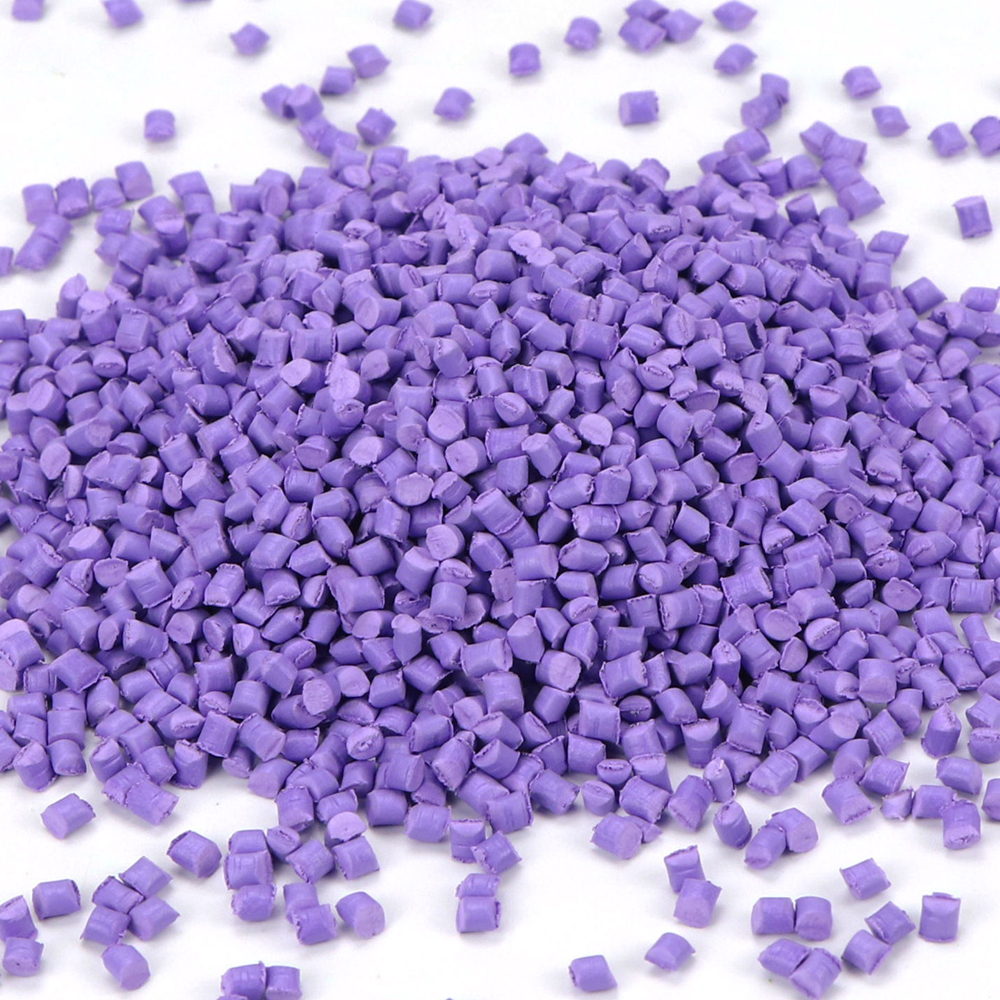
- +8615880211820
- [email protected]
- No.67, Tongan Industry Park, Xiamen
Introduction:
In the dynamic world of plastic manufacturing, achieving vibrant and consistent color in PET products is essential. Our Color PET Masterbatches have emerged as a success story in the market, offering unparalleled color brilliance, low dosage requirements, and exceptional performance under high processing temperatures. Designed to meet the diverse needs of various PET applications, our masterbatches boast outstanding light fastness, thermal stability, and migration resistance.
| SPECIFICATION DATA SHEET | |||
| ITEM | UNIT | VALUES | METHOD |
| Color | – | Color PET Masterbatch | – |
| Colorant concentration | % | 10 | – |
| Melting point | ℃ | 245-252 | ISO11357-3:1999 |
| Melt mass-flow rate/MFR | g/10min | 38 | ASTM D-1238 |
| FPV | bar/g | 0.05 | DIN-EN 13900-5 |
| Intrinsic viscosity | dl/g | 0.495 | GB17931-2003 |
| moisture content | % | ≤0.1 | ASTM D6980-04 |
| bulk density | g/ML | 0.907 | GB/T 1636-1979 |
| color difference△E | ≤ | 0.3 | △E≤0.5 |
Our extensive product range is tailored to cater to a wide array of PET applications, including fibers, bottles, sheets, BOPET films, POY, FDY, PET sheets, and monofilament. The key features of our color masterbatches include:
Excellent Light Fastness: Ensuring color stability and vibrancy even under prolonged exposure to light.
Low Dosage: Achieving vivid colors with minimal masterbatch dosage, contributing to cost-effectiveness.
Excellent Thermal Stability: Withstanding high processing temperatures, ensuring optimal performance in various manufacturing processes.
Excellent Migration Resistance: Guarding against color bleed and maintaining color consistency throughout the product’s lifespan.
Food Contact Approval: Meeting rigorous standards for food safety and allowing safe use in packaging applications.
Our PET color masterbatches find applications across diverse industries, including:
Heat Resistance: Exhibits resilience to high temperatures, ensuring stability during processing.
Weather Resistance: Withstands environmental changes, maintaining color integrity over time.
Excellent Migration Resistance: Provides assurance against color bleeding, ensuring product consistency.
Bright and Uniform Color: Achieves vibrant, consistent coloration with good dispersion and minimal color difference.
Environmental Compliance: Meets national and international environmental standards, making it suitable for eco-friendly applications.
Customization: Allows for the creation of a wide range of colors to meet specific customer requirements.
Chemical Stability: Maintains stability under varying temperatures, ensuring product integrity.
Safe for Single Use: While PET plastic is suitable for single-use applications, it is not recommended for recycling due to its low regeneration rate and potential production of aldehydes and antimony.
Our custom quality PET color masterbatch goes beyond providing a spectrum of colors; it allows cosmetic bottle manufacturers to create bespoke shades that align with their brand identity. Whether it’s matching a specific brand color or developing unique and eye-catching hues, our masterbatches offer a level of customization that enhances the visual appeal of cosmetic packaging. This tailored aesthetics not only distinguishes brands on the shelf but also creates a lasting impression on consumers, reinforcing brand recognition and loyalty. With the ability to customize colors precisely, cosmetic brands can achieve a harmonious blend between their product packaging and brand image, elevating the overall consumer experience.
Conclusion:
In conclusion, our custom quality PET color masterbatch stands out as a reliable solution for achieving vibrant and consistent color in cosmetic bottles and various other PET applications. With a commitment to excellence, our masterbatches offer a perfect balance of color brilliance, performance, and environmental compliance, making them the ideal choice for manufacturers aiming to elevate the visual appeal and quality of their products.
Our masterbatches find a multitude of applications across diverse industries. Whether in plastics, textiles, or various manufacturing processes, our masterbatches play a pivotal role in enhancing product quality and performance. With customizable formulations, they offer color consistency, UV protection, flame resistance, and more, making them the go-to solution for countless applications. From automotive parts to packaging materials, our masterbatches are the trusted choice for achieving superior results across a wide spectrum of industries.
Our custom masterbatches are designed to match specific polymers, ensuring optimal performance when incorporated into your selected material. We have the capability to produce masterbatches suitable for a variety of polymers mentioned below, and many more. If you’re working with a material that isn’t listed here, please don’t hesitate to reach out to our knowledgeable technical team to explore the possibility of meeting your specific needs.
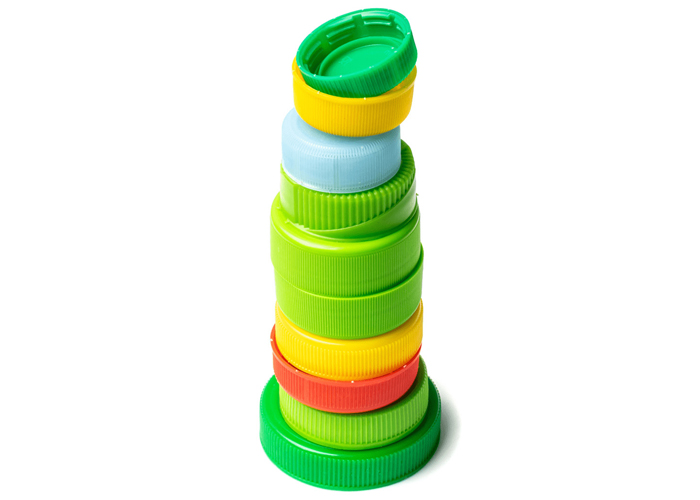
Low Density Polyethylene – Somewhat more translucent than HDPE and considerably more pliable, primarily employed in flexible packaging, tote bags, pliable tubing, film applications, and similar uses. Like HDPE, it has limited transparency characteristics. It exhibits outstanding chemical resistance to alcohols, acids, and alkalis but has restricted resistance to hydrocarbon solvents and mineral oils. Prolonged exposure to UV radiation can initiate degradation.
High-Density Polyethylene – Featuring a somewhat milky-white appearance, this material finds wide application in rigid bottle packaging, injection-molded caps and closures, crates, and more. Its natural opacity can limit the degree of transparency attainable. HDPE exhibits superior chemical and solvent resistance when compared to LDPE.
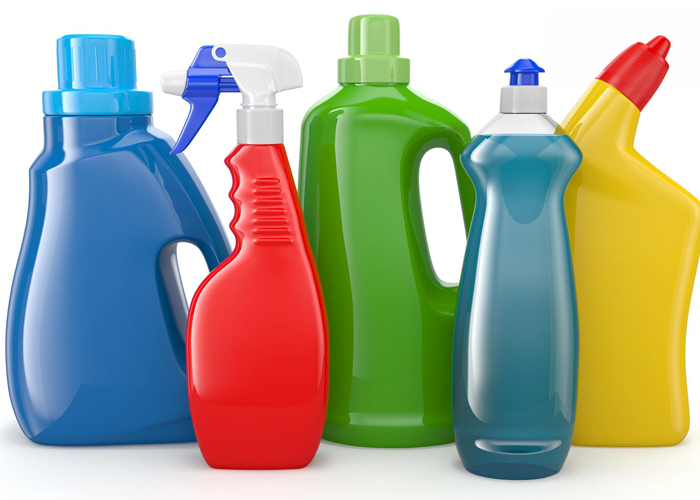
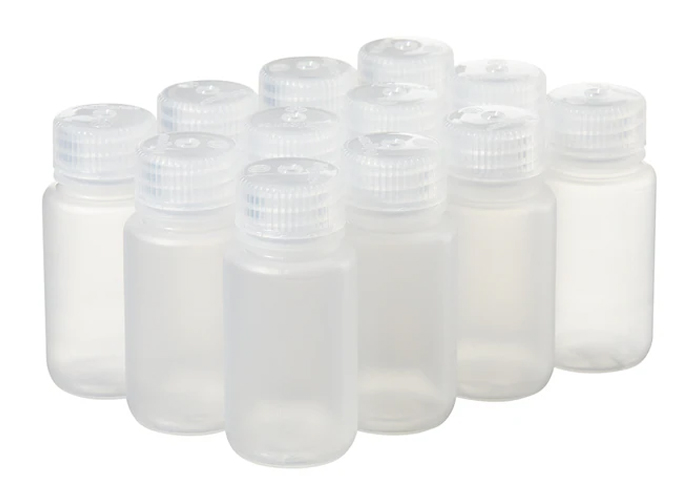
PPCO Random & PPHO – A polymer with moderate clarity, employed in the production of caps and closures. It is also utilized for crafting household items, buckets, toys, and storage containers. Polypropylene offers flexibility without significant limitations on color or special effects. Random copolymer boasts greater clarity compared to homopolymer and is better suited for creating translucent shades.
PPCO Block – Similar to PPCO but enhanced for increased impact resistance. An additive renders the polymer white, resulting in high opacity. This characteristic may limit the achievable transparency.
Polyethylene Terephthalate (PET) – Polyester materials exhibit robust mechanical strength along with excellent chemical resistance and barrier properties. PET is frequently chosen for the production of carbonated beverage containers. Moreover, polyester can be spun and employed in textile manufacturing for clothing. PET is highly transparent, making it an excellent choice for translucent packaging, although a subtle hint of “yellowing” may impact extremely light tints.
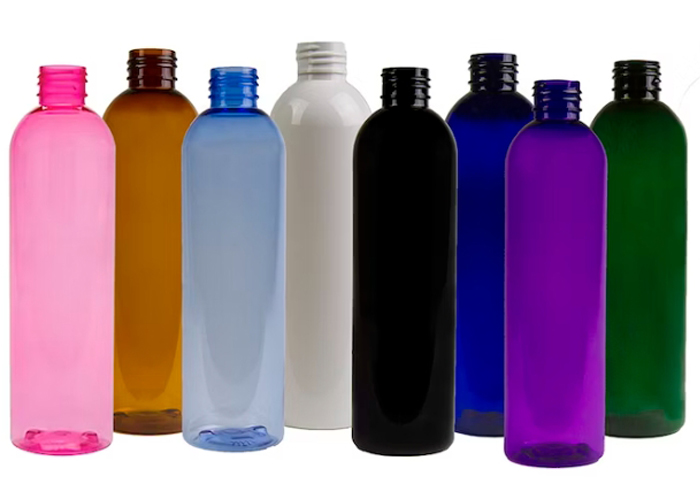
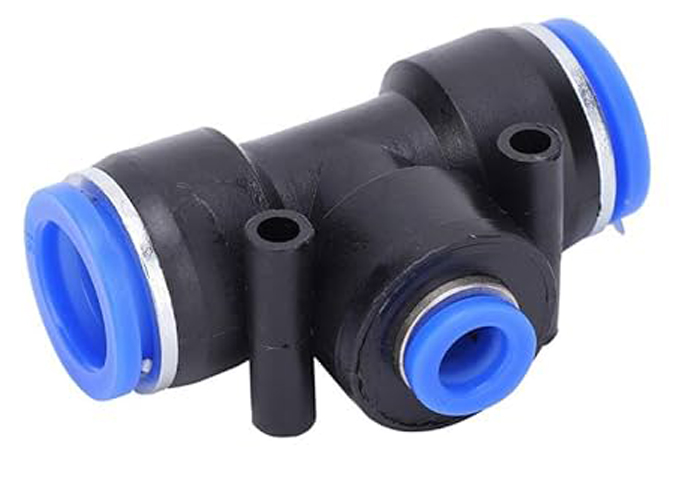
Polybutylene Terephthalate – A crystalline thermoplastic engineering polymer frequently employed as an insulating material within the electronics sector. This substance belongs to the polyester category, showcasing a remarkable equilibrium of attributes and processing qualities.
General Purpose Polystyrene – Exhibiting a glass-clear appearance but possessing minimal impact resistance, this material finds its primary application in CD cases. Its notable clarity renders it suitable for creating translucent hues, although an occasional violet tint may be discernible.
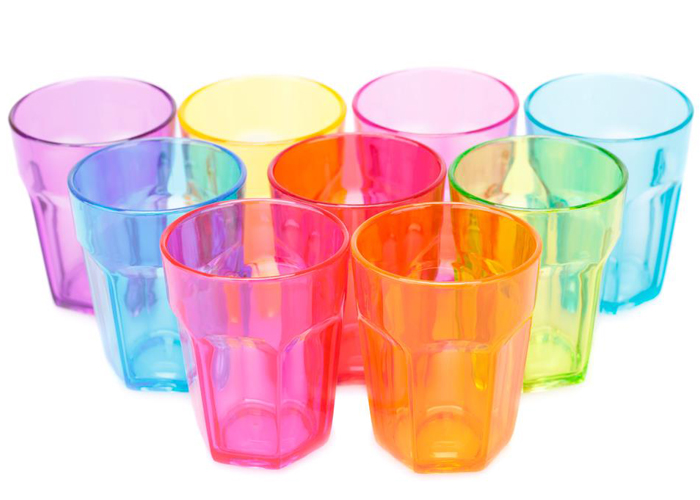
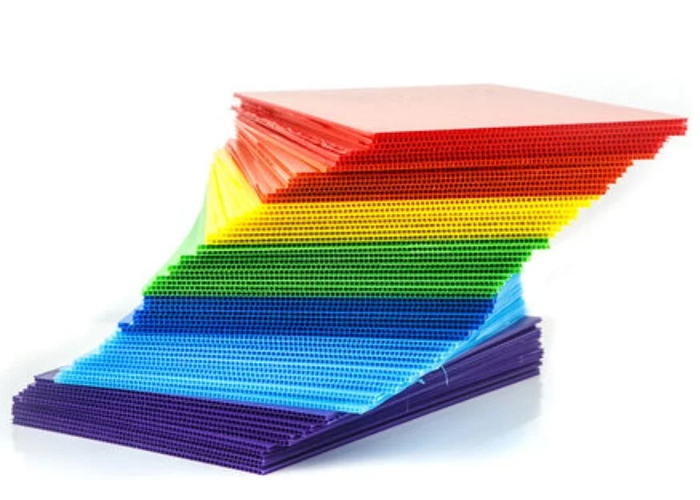
High Impact Polystyrene – Derived from GPPS by incorporating an impact-enhancing agent to boost its resistance to impacts. This added component results in the polymer becoming white, and different formulations provide varying degrees of opacity. Typically employed in the fabrication of game pieces, toys, and similar items. Its pronounced whiteness can pose challenges when aiming for translucent coloration. Specialized alternatives like K-Resin and Styrolux are accessible in the market to attain the same level of translucency as GPPS.
Acrylonitrile Butadiene Styrene (ABS) – A more robust iteration of High Impact Polystyrene (HIPS) employed in high-value components. ABS exhibits greater durability compared to HIPS-made components, although it encounters similar challenges when attempting to achieve translucent colorations. Just like HIPS, ABS offers specialized translucent variants. Owing to its durability, ABS is commonly used in crafting casings for power tools.

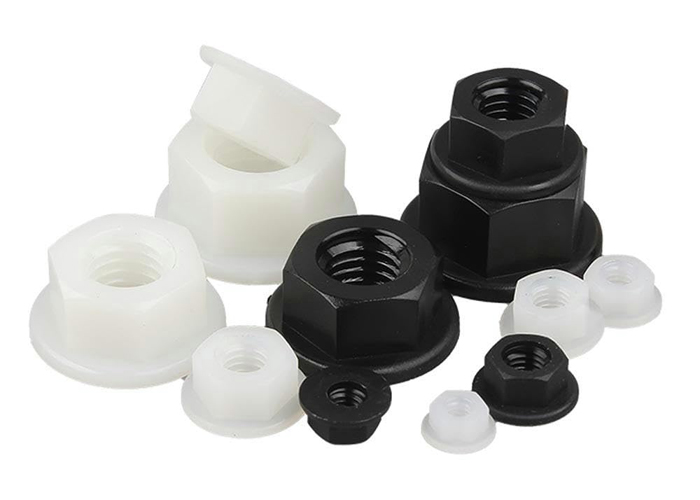
Polyamide (6, 66) – Nylon represents a versatile grade extensively employed in mechanical construction and maintenance. Its popularity stems from its excellent blend of mechanical strength, rigidity, mechanical damping characteristics, and effective electrical insulation capabilities. Consequently, nylon is a preferred material for manufacturing electrical enclosures. PA66 serves as a common alternative to metal across diverse applications, with its chemical and physical attributes closely resembling those of PA6. PA6 exhibits superior impact resistance and resistance to solvents, albeit with a heightened susceptibility to moisture absorption.
Styrene Acrylonitrile Copolymer – Possessing transparency and outstanding chemical and heat resistance, SAN also boasts good rigidity, tensile strength, and flexural strength. Thanks to its high-gloss finish, SAN is commonly chosen for cosmetic packaging purposes. However, achieving light tint colors with SAN can be challenging due to the violet dyestuffs inherent in the material, which are utilized to enhance its visual appearance during manufacturing.
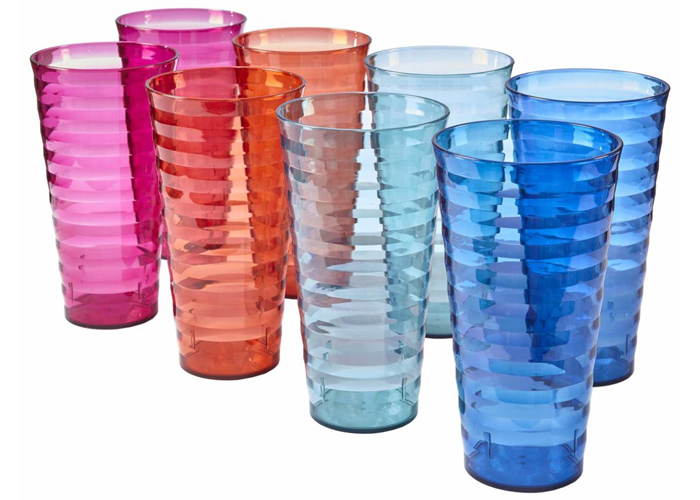
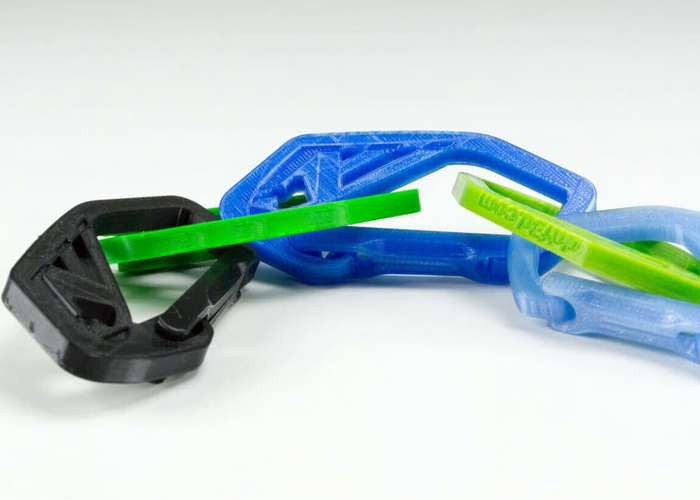
Polyethylene Terephthalate Glycol – PET with the incorporation of glycol. This glycol addition enhances flow properties but diminishes strength. PETG can be extruded to create bottles and can be formed into sheets for producing ‘blister’ style packaging.
Thermoplastic Elastomer (TPE) or Thermoplastic Polyurethane (TPU) – TPU finds diverse uses in applications such as automotive instrument panels, caster wheels, power tools, medical devices, as well as various extruded film, sheet, and profile applications. TPEs are employed across a wide range of applications in industries spanning automotive, medical, construction, electrical, appliances, packaging, and industrial sectors.
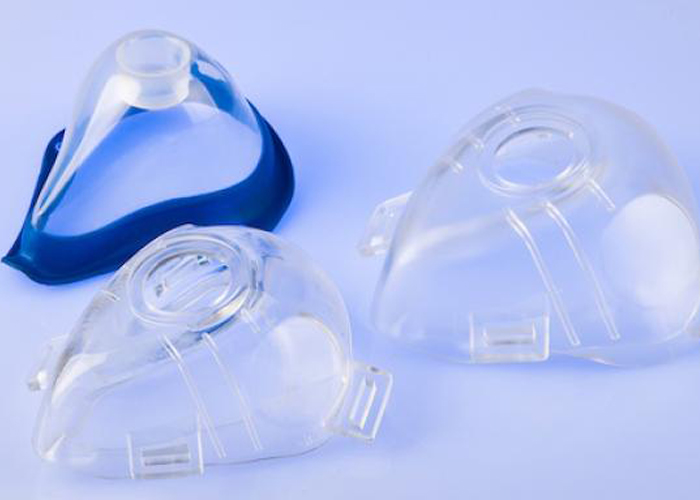
Frequently asked questions about our masterbatch
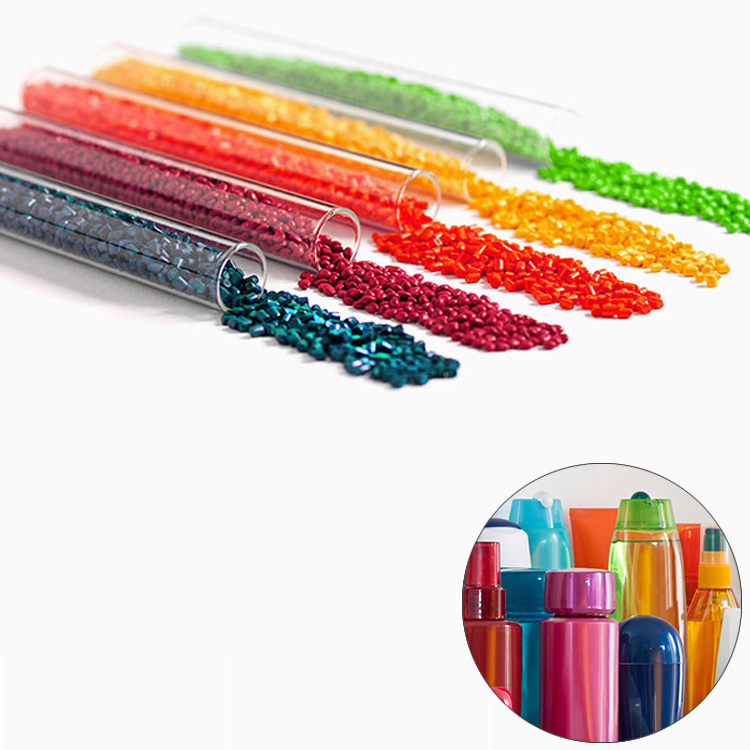
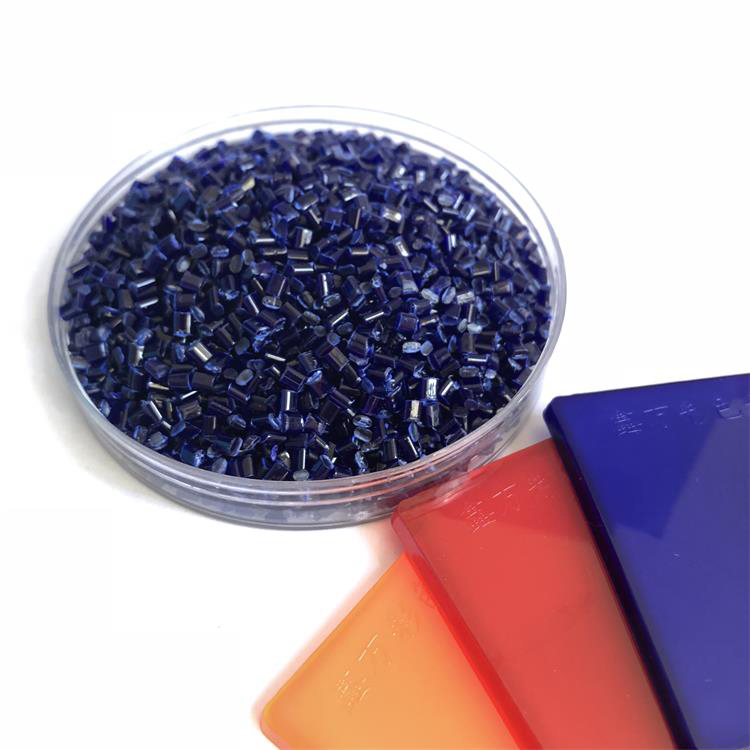
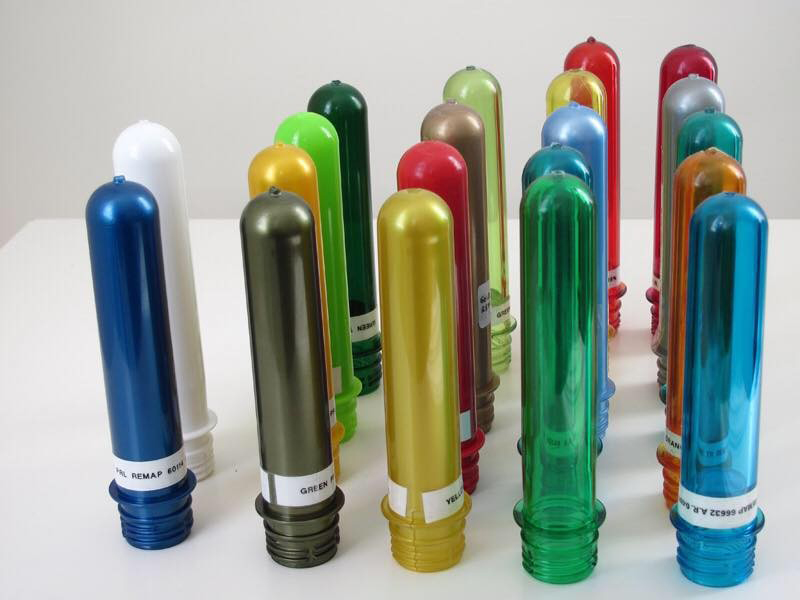
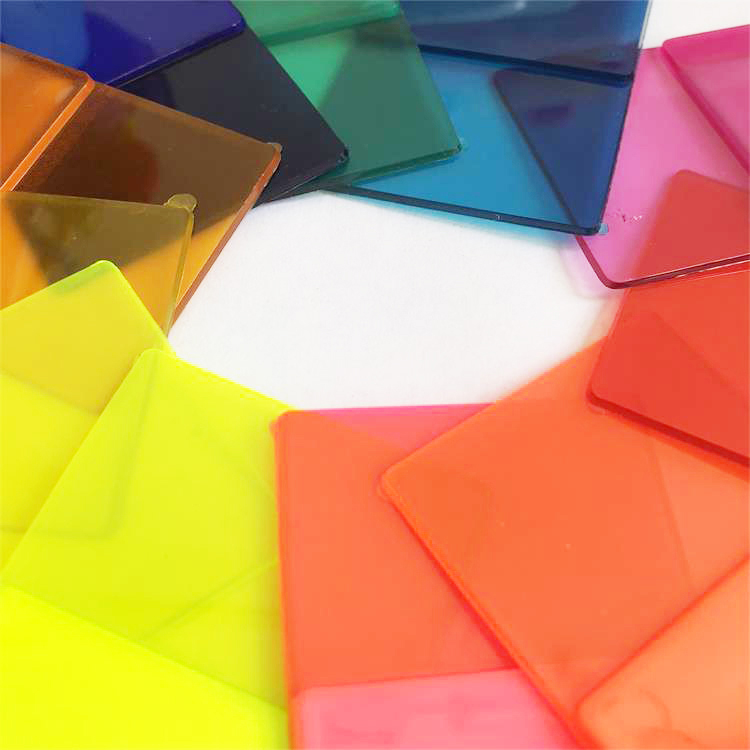
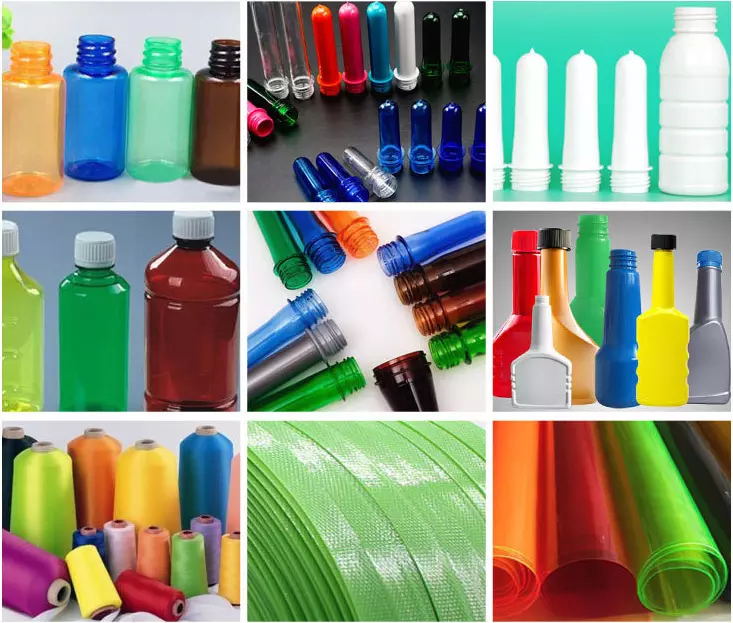
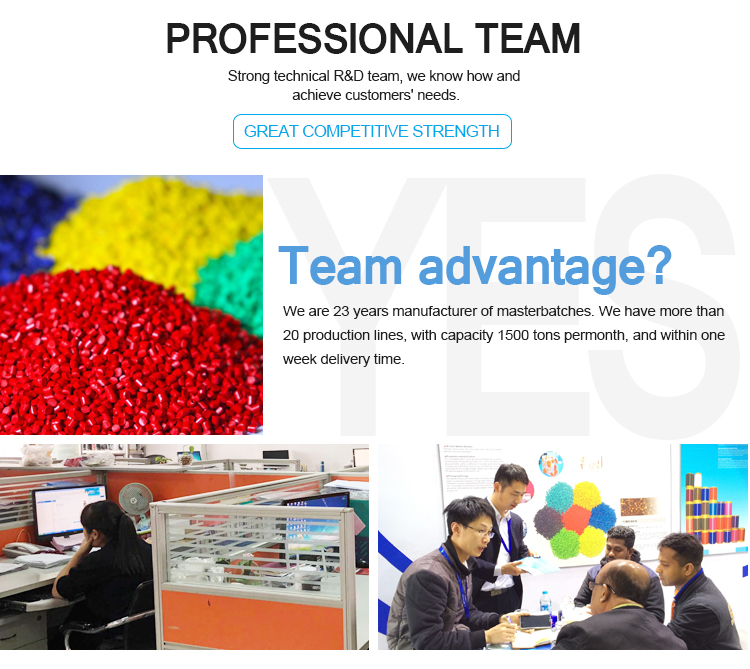
©2023. Masterbatch Manufacturer All Rights Reserved.
Our team will send back the best offer in 20 minutes.